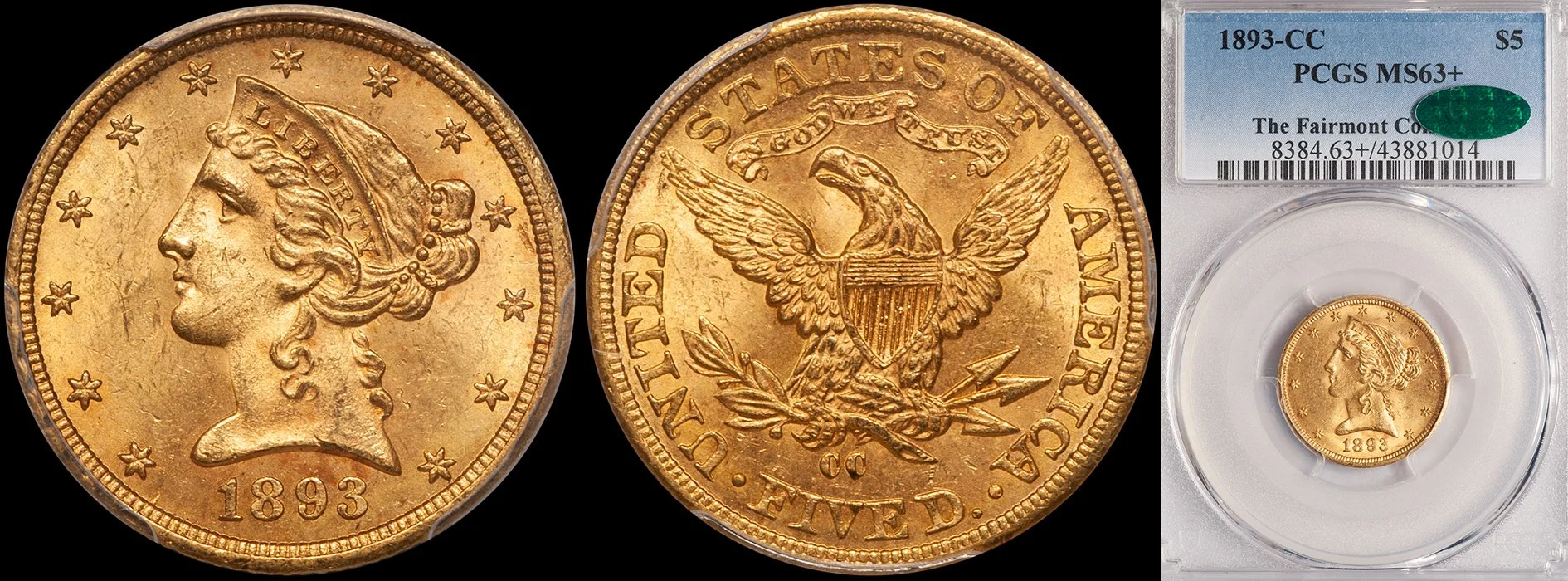1854 Small Date $20.00 NGC MS60
/Small Date variety. In most instances, a Type One double eagle graded MS60 is a wreck. These coins tend to be either very dull or excessively abraded. The present example is neither and, to the naked eye, it looks more like an MS62. This coin is bright and lustrous with lovely natural light green-gold color that changes slightly to reddish-gold as it is tilted towards a light source. What is most remarkable about this coin, though, is its immaculate nearly mark-free surfaces; certainly not what you expect to see on this date and certainly not in a 60 holder. The 1854 Small Date is extremely scarce in full Uncirculated and I typically don't see more than two or three per year (and almost all of these are in the MS60 to MS61 range). The last Uncirculated 1854 Small Date double eagle to sell at auction was the PCGS MS61 Goldberg 2/11: 1875 coin that brought $10,063. In my opinion, this NGC MS60 is a much more pleasing example with superior eye appeal.










